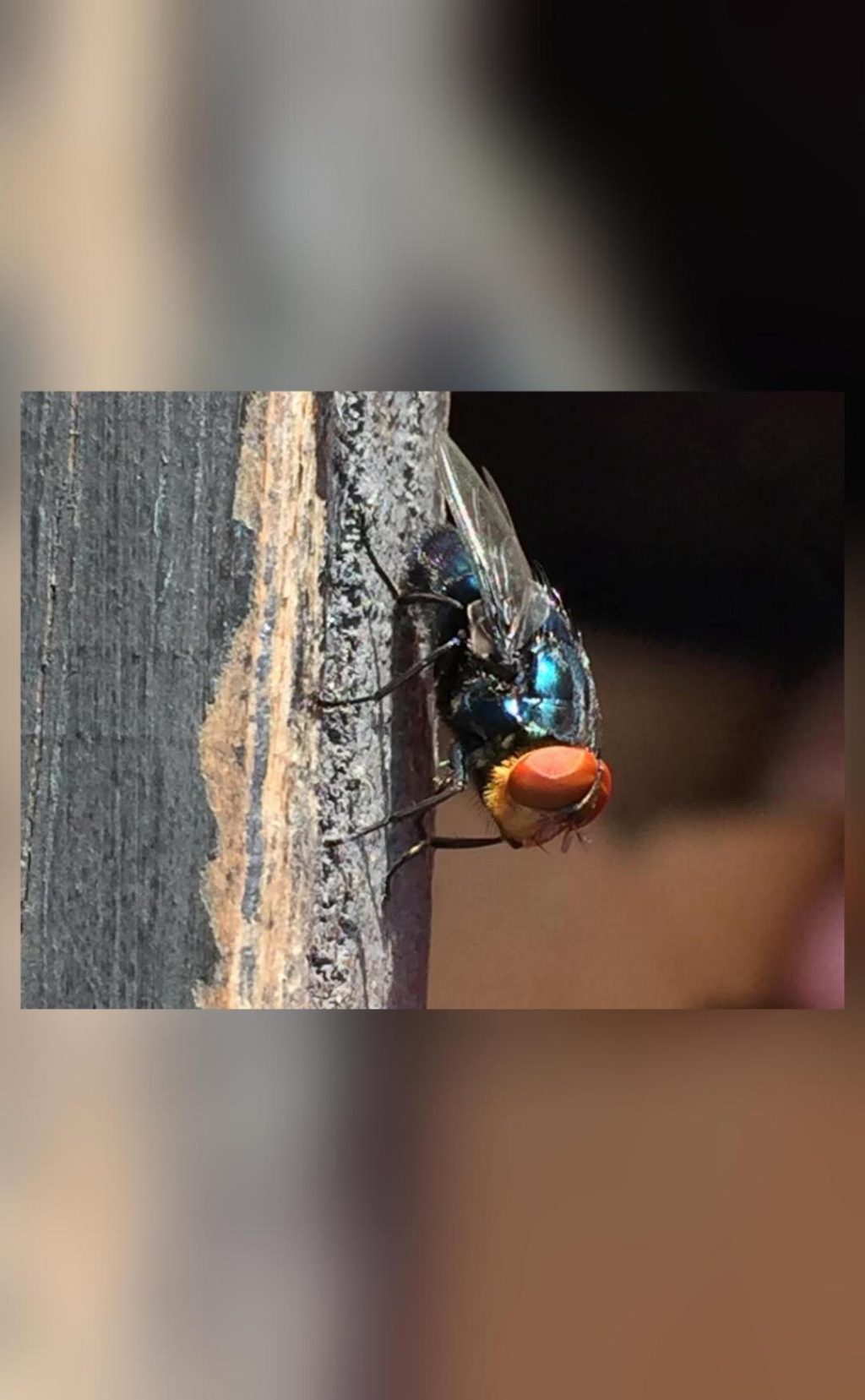
Why is the US planning to breed screwworm flies and dump them from planes over Mexico?
The US government is planning a unique and unconventional method to protect its beef industry from the flesh-eating larvae of the New World screwworm fly. As per recent reports, the US is preparing to breed billions of male flies and dump them from planes over Mexico and southern Texas. But what’s the logic behind this unusual tactic? And how will it work? Let’s dive into the details.
The New World screwworm fly, also known as Cochliomyia hominivorax, is a species of fly that is native to the Americas. Its larvae feed on the flesh of warm-blooded animals, including cattle, and can cause significant damage to the beef industry. The fly is typically found in tropical and subtropical regions, but it has been spotted in the southern United States, particularly in Texas and Florida.
To combat this pest, the US government has turned to a method called the Sterile Insect Technique (SIT). This involves breeding billions of male screwworm flies, sterilizing them with radiation, and then releasing them over the affected areas. The idea is that the sterilized males will mate with wild females, but their offspring will not be viable, thereby reducing the fly population over time.
The process of breeding and sterilizing the flies is quite elaborate. According to scientists, the process involves collecting wild screwworm fly eggs and rearing them in controlled facilities. The larvae are then fed a diet of sugar and water, and are kept in a specialized environment to mimic their natural habitat. Once the flies reach adulthood, they are sterilized using gamma radiation, which prevents them from reproducing.
The sterilized flies are then packaged in special containers and released from planes over the affected areas. The plan is to release the flies in areas where the screwworm fly is most prevalent, such as in Mexico and southern Texas. The idea is that the flies will mate with wild females, but their offspring will not be viable, thereby reducing the fly population over time.
So, why is the US government planning to breed and release these flies? The answer lies in the economic benefits. The screwworm fly is a significant threat to the beef industry, particularly in the southern United States. If left unchecked, the fly can cause significant damage to cattle herds, leading to losses in the billions of dollars. By using the SIT method, the US government hopes to reduce the fly population and protect the beef industry from this pest.
The plan is not without its challenges, however. One of the biggest hurdles is ensuring that the sterilized flies can effectively mate with wild females. This requires precise timing and coordination, as well as a deep understanding of the fly’s behavior and ecology.
Another challenge is the potential environmental impact of releasing millions of flies over a large area. While the flies are harmless to humans and animals, they could potentially disrupt local ecosystems. Scientists are working to mitigate these risks, however, by carefully monitoring the fly population and ensuring that they do not spread to areas where they are not intended.
In conclusion, the US government’s plan to breed and release screwworm flies is a unique and unconventional method to protect the beef industry from this pest. While there are challenges involved, the potential benefits are significant. By reducing the screwworm fly population, the US government hopes to protect the beef industry and prevent significant economic losses. As the plan is rolled out, it will be important to closely monitor its effectiveness and address any potential environmental concerns.
Source:



